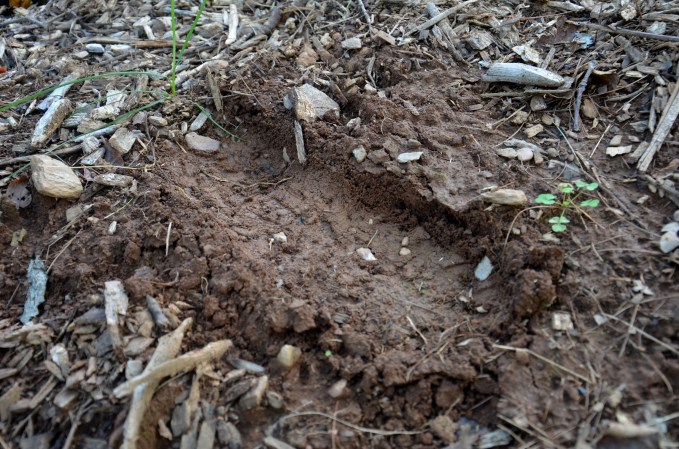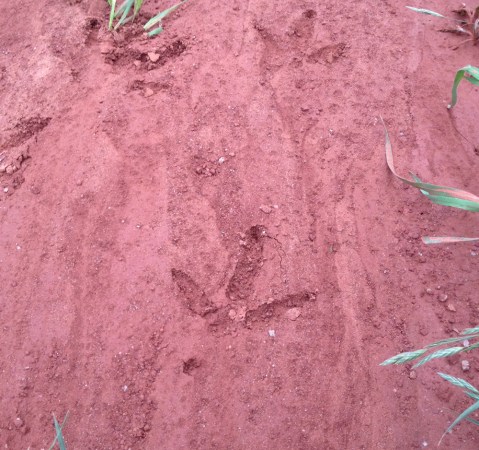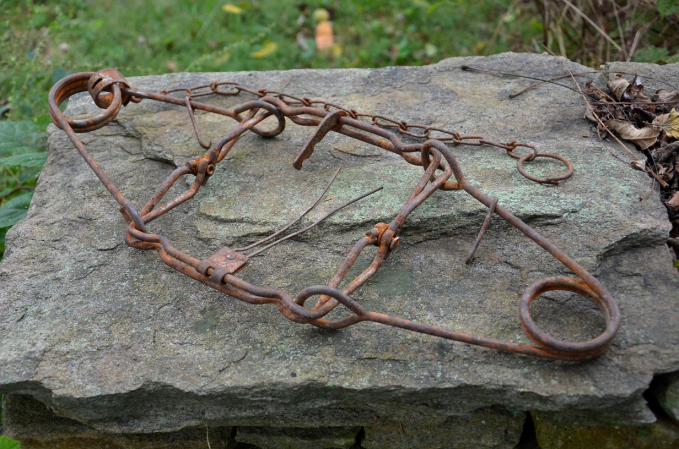Whether you are searching for those who are lost, back-tracking yourself after getting turned around, or you simply want to see how many people went down the trail ahead of you, the ability to track humans can provide answers to your questions and prove to be a remarkable field of study. Part science, part woodcraft magic, and all about observation, the art of man tracking can serve many purposes and come in handy at almost any time. Here are a few tricks to find a trail and stay on track.
1. Watch for Track Traps
Sandy or muddy depressions in the trail can serve as a treasure trove of information to the skilled observer. The larger and damper these beds of soft substrate, the more complete your picture becomes. I also make it a personal practice to avoid stepping in these spots myself, so that I can keep a lower profile when I’m outdoors.
2. Find Aerial Spoor
This time of year, the spiders tell me volumes. In my neck of the woods, broken webs mean that someone or something has come down that trail within the past hour, maybe an hour and a half if it’s cool weather. If the web is partially rebuilt, something broke it about two hours ago. If the web is complete, nothing went through that spot within the past three hours. We can also look for aerial spoor classics, like broken branches. Tracking should always include the observance of signs above the ground, and never just imprints and shapes in the soil.
3. Look for Litter
Intentionally discarded items (like trash) or items that have been accidentally dropped are a great indicator of someone’s presence, and these items may give you clues about the person.
4. Develop a Lost Spoor Procedure
Odds are good that you’re going to lose the tracks at some point. When this happens, you need a plan to pick up the trail again. Most trackers retreat to the last sign they discovered and circle around it (at about 5 yards) while carefully scanning for new sign. If this doesn’t work, you could follow the most likely line of travel to see if you can pick up the trail. Be ready to lose the tracks, and you’ll be ready to pick them up again more quickly.
5. Find the Rhythm
Most people walk in a very deliberate and predictable way. They also have a typical pace for different situations. Take some measurements and find an average to help you find missing tracks and lost trails. You could measure from heel to heel on the same foot (two paces) or right heel to left heel (one pace). This average step length shouldn’t change much unless their condition or behavior changes.
Want to learn more? Foundations of Sign Cutting and Tracking by Rob Speiden is a great book. Tactical Tracking Operations by David Scott-Donelan is another solid choice. Read one of these books, decipher the basics, and then ask your friend to take off running through the brush, woods or field. He can even circle around and join you at the start point, so you both can look for his tracks. It’s fun and educational.
Ever done any man tracking? Tell us your application and your story by leaving a comment.














